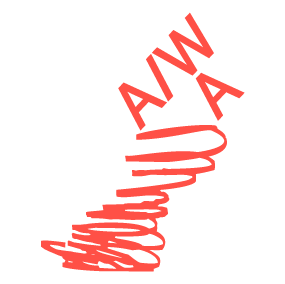
In “The Spam of the Earth: Withdrawal from Representation” Hito Steyerl addresses the nature of Representation as a primary site of contestation where culture has a direct relationship to politics. By looking at image spam as the “negative image” of humanity and something more complex than “a tool of ideological and affective indoctrination” she offers up various forms of our disappearance and destruction through image production. In this environment of, on the one hand, excessive self- made- hegemony- internalised images and, on the other, increasingly total surveillance she remarks upon various modes of refusal and withdrawal, of attempts to exit this oppressive and dangerous state of constant (self) representation. When it comes to Art, however, this withdrawal does not seem like an interesting or useful option.
In this seminar, we will discuss the nature of identification, mediation and relationship to this digital reality and in particular identification that could be considered improper, negative or uncertain. Certain critical paradigms belonging to the Art of the 20thCentury persist and their overhaul is slow in happening. In relation to the Steyerl essay, for example, the strategy of the positive image in art is consigned to political redundancy. Perhaps, too, the notion of “Criticality” in itself has become redundant, or is precisely what keeps art in a defensive state of stasis. The image- reality we address here seems to pre-empt, out-do, outrageously, abjectly, unbelievably so much of the image making that recently belonged to art. Against discernible tendencies in art to maintain its specificity through a sense of critical superiority, academic reference and a privileged position to “comment” what is involved in engaging more directly with the complexities of a reality that is so profoundly reconfiguring us subjectively?
Clunie Reid employs a degraded, deskilled approach to analyse and comment upon commodity status and industrial standardisation across her practice. Found and staged images are subject to intense re-workings through an arbitrary combination of digital manipulation, collage and a diversity of printing processes; the visual information built and layered to achieve highly structured chaos.